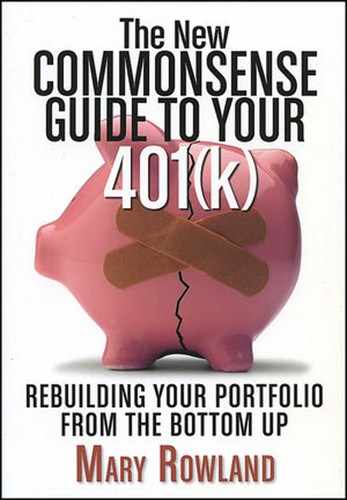MOST U.S. ADMINISTRATIONS understand the urgency of retirement savings for Americans. But no two take the same view of it. Some believe the government should provide much more for retirees; some much less. And at the beginning of 2009, after 401(k) participants lost big chunks of retirement money in the stock market, there was a movement to get rid of 401(k) plans altogether.[3]
As a result, each major tax reform act addresses retirement savings in some way: by raising the limit on retirement savings contributions or lowering it; or by taking away tax advantages or giving more of them. So the tax code for retirement savings is convoluted and complex, just as it is for most other taxable events.
One of the provisions of the Taxpayer Relief Act of 1997 created the Roth IRA, named for Senator William Roth of Delaware, a long-time campaigner for retirement accounts, and the Roth IRA became available beginning in 1998. The twist to a Roth account is that you contribute after-tax money and the earnings on it grow tax free so that you need never pay tax on that money again. For 2008, individuals are limited to contributing no more than $5,000 to a Roth IRA if under age fifty and $6,000 if age fifty or older. Roth IRAs also have an income ceiling: They are prohibited when taxpayers earn a modified gross income of more than $110,000 or $160,000 for married filing jointly.
The Roth 401(k) account was added to the family in 2006. It combines some of the most advantageous aspects of both the 401(k) plan and the Roth IRA. Under the Roth 401(k) plan, employees can contribute funds on a post-tax elective deferral basis, in addition to, or instead of, pre-tax elective deferrals under their traditional 401(k) plans.
An employee's combined elective deferrals—whether to a traditional 401(k) plan, a Roth 401(k) plan, or to both—cannot exceed $16,500 for tax year 2009 if a participant is under age fifty; if the employee is older than fifty, she may contribute $22,000. Employer matching funds must be made on a pre-tax basis. They cannot be made into the designated Roth account and cannot receive Roth tax treatment.
Here are some big advantages to the Roth:
Withdrawals from the account are completely tax-free. Tax payers who can leave the money untouched for a long period of time can do better with this open-ended savings vehicle.
There is no mandatory withdrawal schedule. You need never take the money out during your lifetime. It can continue to grow tax-deferred. If you live to be eighty or ninety or one hundred, you don't have to take anything out and you can keep contributing as long as you earn an income.
There is no 10 percent penalty made on early withdrawals before age 59½ provided you withdraw the contributions you made, not the earnings. That means your money is not out of reach until retirement.
You can continue to contribute to the account as long as you continue to earn employment income. With the traditional IRA, you cannot contribute after age 70½.
The money is not included in taxable income when you withdraw it. That can be important, for example, for those who receive Social Security income. Money from a traditional IRA is included in taxable income, which can make Social Security benefits taxable for some people.
These advantages mean that if a Roth is available to you, you should consider it carefully.
[3] See "The Plot to Kill the 401(k)" in Plan Sponsor magazine, December 2008, online at http://www.plansponsor.com/magazine_type3/?RECORD_ID=42562.
